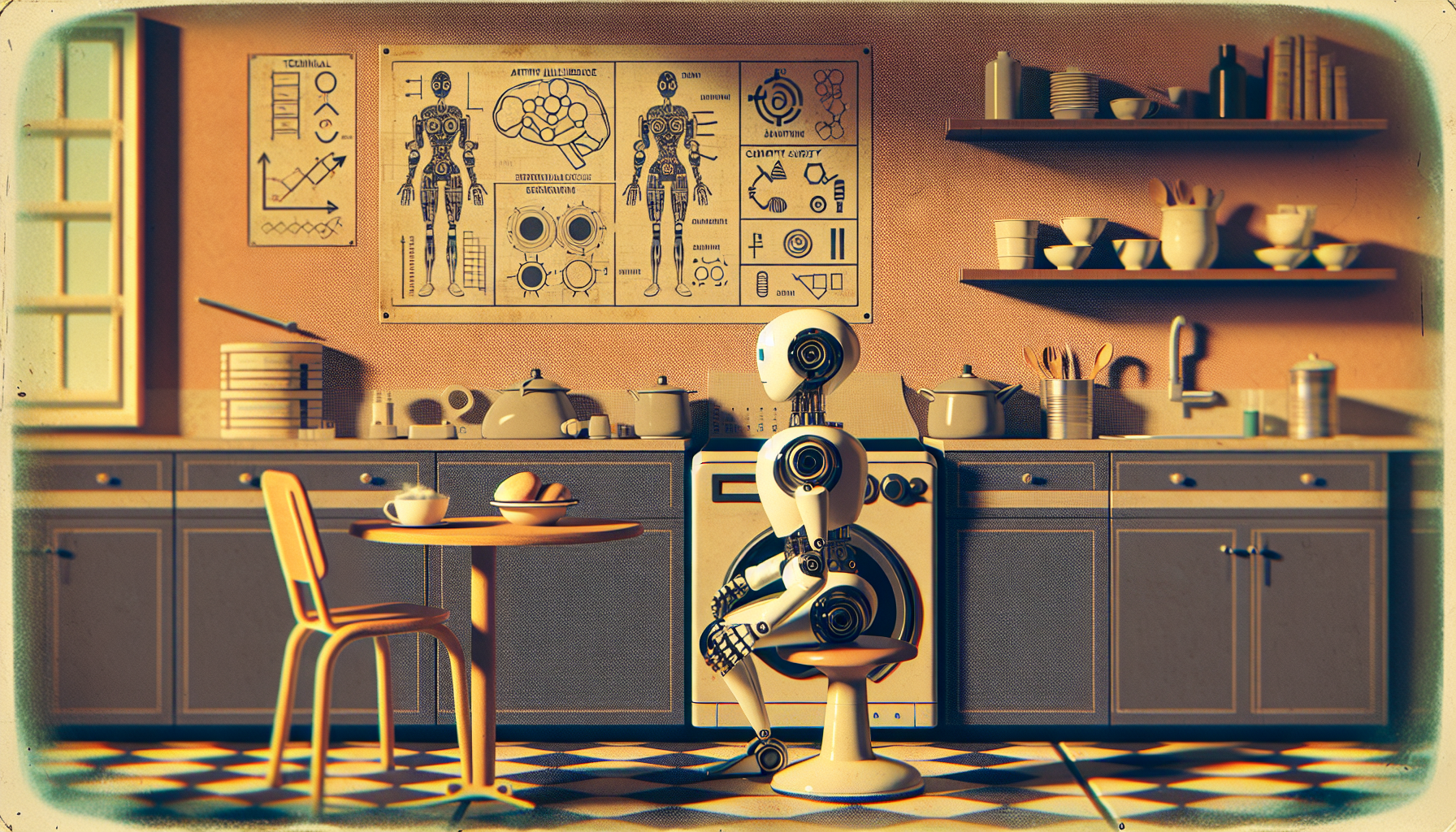The idea of having humanoid robots in our homes, much like the beloved C-3PO from Star Wars, has fascinated people for decades. Even with the rapid advancements in artificial intelligence (AI) and robotics, these robots are not yet a common household fixture. Several hurdles—technical, safety, and practical—need to be surmounted before humanoid robots can truly integrate into our daily lives.
### Technical Challenges
Creating robots that move like humans is one of the biggest technical challenges. Our extraordinary range of motion allows us to perform tasks with ease and precision. Engineers are striving to replicate this by designing complex mechanical systems that enable fluid and natural movements. Achieving balance is another critical hurdle. Humans have an innate ability to adjust and maintain stability, even on uneven surfaces, a capability that robots must emulate to be truly humanoid.
### Control and Learning Capabilities
Controlling a humanoid robot is exceptionally complex due to its numerous sensors and actuators. Traditional control methods, often involving optimization problems, are too slow for real-time applications. Recent developments in reinforcement learning offer some hope, allowing robots to learn from trial and error. However, real-time control and integrating advanced bioinspired functions remain significant obstacles.
### Energy Efficiency and Power Storage
Another major challenge is energy efficiency. Humanoid robots have substantial energy needs, limiting their operational time to just 1-2 hours on current battery technology. Finding a balance between reducing size and improving energy efficiency is crucial, and ongoing research into alternative power sources and better batteries aims to address this limitation.
### Cost and Market Viability
Economic factors also impede the development of humanoid robots. The high cost of research, development, and manufacturing makes these robots unaffordable for most consumers. Companies need to invest billions, driving up the end product’s price. This makes it hard to justify such investments, especially when the robots can’t yet perform a wide range of tasks efficiently.
### Safety and Ethical Considerations
Safety and ethics pose additional barriers. For robots to interact safely with humans, they need advanced tactile sensors and artificial skin. Ensuring these robots don’t harm humans and adhere to stringent safety regulations is crucial for their acceptance in home environments.
### Scale and Complexity
Designing a humanoid robot requires a wide array of expertise, from mechanical design to software development. The complexity of building a robot that can perform tasks like grasping objects and manipulating its arms involves much custom software and logistical planning. This complexity makes development a slow and challenging process.
### Public Perception and Acceptance
The public’s perception and acceptance are also critical. Concerns about job displacement, privacy, and ethical issues need addressing. The media and AI community have a role in managing expectations while continuing to push the boundaries of what is possible.
### Breakthroughs and Future Prospects
Despite these challenges, progress is being made. Recent advancements in compliant actuators, which mimic human muscles, have improved safety in physical interactions. Innovations in tactile sensors and artificial skin enhance robots’ ability to interact with their surroundings. Companies such as Boston Dynamics, Hanson Robotics, and SoftBank Robotics are leading these breakthroughs, constantly pushing the boundaries of what robots can do.
In conclusion, while the vision of having humanoid robots in our homes like C-3PO is captivating, it remains a future prospect. Technical, safety, and practical challenges still need to be overcome. However, as research continues focusing on energy efficiency, control systems, and safety, the possibility of seeing humanoid robots in daily life grows closer. For now, they remain mostly in research labs and industrial environments.

Leave a Reply